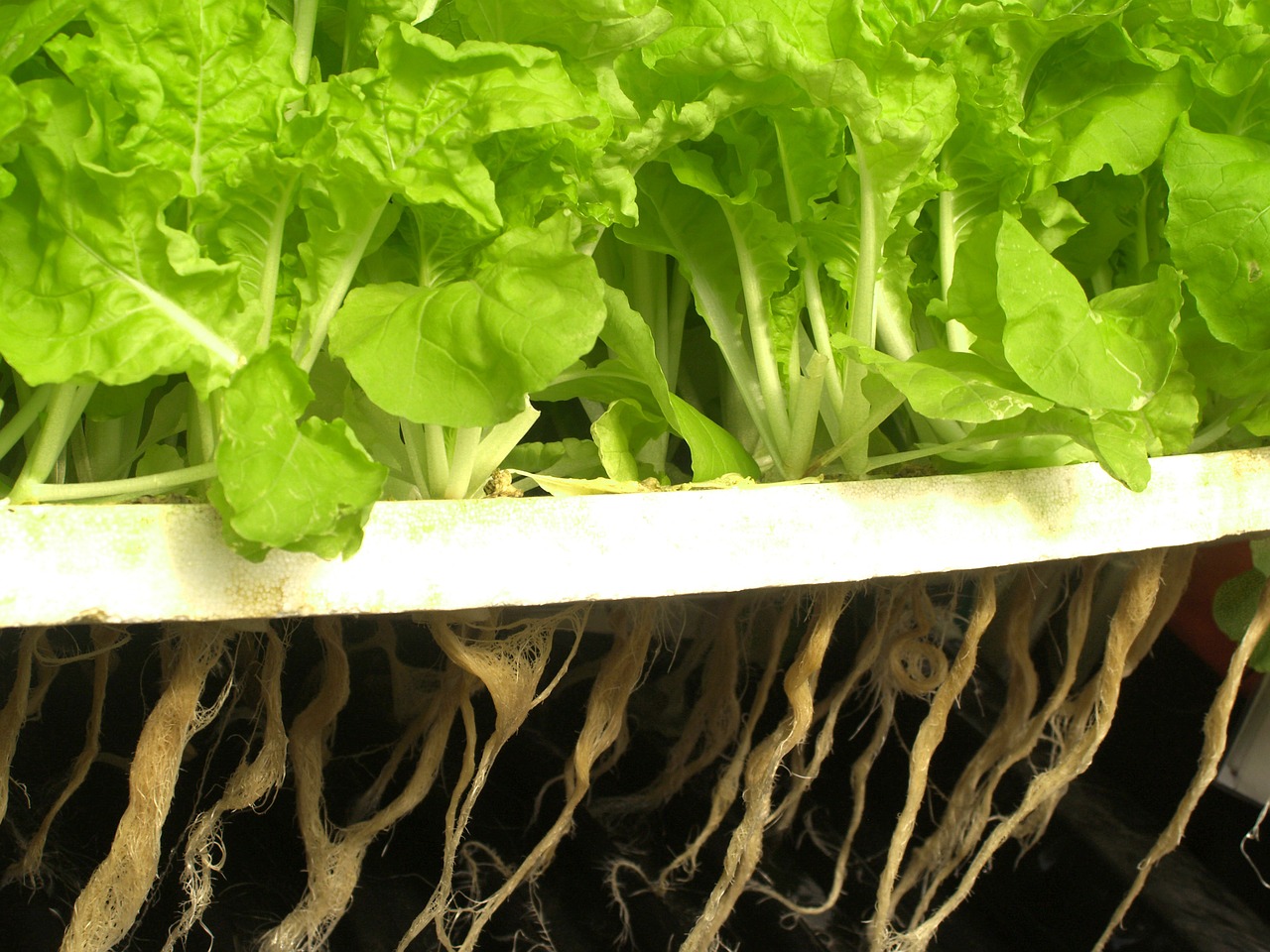AQUAPONICS: From the “CELL OF LIFE”, FISH AND VEGETABLES ALSO FOR THE DISABLED AREAS
The aquaponics project “Celavie”, born from the collaboration between Italy and Tunisia, is being prototyped in Palermo and Sfax
Aquaponics and technology. Above-ground water-based cultivation and innovation. To bring vegetables and fish where resources are scarce or where resources are lacking precisely, in desert areas or even in areas affected by earthquakes and floods or isolated by landslides.
All it takes is a six-by-three-foot shipping container for the Celavie project, Cell of Life, a capsule with a “closed-loop” (determinant) above-ground system for both plant and aquatic production. “Aquaponics is a virtuous mix of aquaculture, fish farming and hydroponics, and for growing plants without soil.
It’s a virtuous mix because working together on cultivation and breeding solves the problems of both aquaculture and hydroponics,” explained Mario Brignone, 63, of Verbania, on Lake Maggiore. He is a Public Administration executive until 2020 and an expert in aquaponics (he has set up a portal on the subject, which has become a reference for the sector).
Prototyping
The Cell of Life project was born from the collaboration between Italy and Tunisia and is a kind of experimental portable nursery conceived through the Celavie project, funded by the European Union within the Italy-Tunisia 2014-2020 Cross-border Cooperation Program and implemented by Coreras (Regional Consortium for Applied Research and Experimentation), lead entity, together with the Université de Sfax, the National Research Council CNR (present with its institutes Ias, Ibbr and IsMed), Green Future Srl, the Union tunisienne de l’agriculture et de la pêche (Utap) and the Association de la continuité des générations (Agc). Closed the design phase, the Cell of Life is being prototyped in Palermo, at the headquarters of Green Future, and Sfax, in the university citadel. “It’s an extremely interesting cross-border cooperation project that, however, needs to be supported by great technological expertise in order to work”.
Internal structure
The project involves placing tanks for aquatic organisms at the bottom (experimentation will begin with crustaceans, then move on to fish). In the vertical terraced farm located above, special LED lights will simulate the photoperiods for the growth of the seedlings, simulating the changing of the seasons.

credits pixabay.com
Environmental impact
The Cell of Life will have zero environmental impact, because it is able to self-produce from renewable sources the energy necessary for its operation and because aquaponics, in addition to minimizing the consumption of water and soil, does not require the use of pesticides. “It is sufficient to have quality water, even little, because it is in recirculation (there is a saving of 90% compared to traditional crops), have a pump (powered by a solar panel).” In addition, for the construction of structures of this type “you can also use recycled materials”.
Even in difficult context
Being completely autonomous and lending itself to any configuration, the Cell of Life can be installed and put into operation in any place and environmental context. Mario Brignone says this is how he discovered aquaponics. “One day I came across a Time cover with Will Allen, a basketball player, identified among the 100 most influential people in America, because he had set up an association in which he taught how to produce food at home.” How? “Thanks to aquaponics, he taught poor families in Chicago how to produce and cook fish and vegetables.”
Zero kilometer food
So the Cell of Life can be used as a source of food at zero kilometers for small communities in areas difficult to supply, or where water resources, arable land and means are scarce, or to support agricultural or aquaculture activities, or even for the repopulation of reservoirs, for example those used for sport fishing, or in situations of extreme emergency, for example countries isolated by landslides or earthquakes, and then also for educational purposes. “An FAO manual on aquaponics is enlightening,” Brignone recalls.
Circular Economy
If we imagine the scenario of a world population close to 9 billion by 2050 with an increasingly reduced availability of fertile soils, it will be necessary to think about the transition from intensive production systems to conservative techniques capable of optimizing the use of resources to make production processes efficient and sustainable. The scenario is that of the transition to the circular economy, where aquaponics is considered among the most promising solutions, and where the Life Cell could still find a suitable place of development.
sources: projetcelavie.eu I akuadulza.it
cover photo: projetcelavie.eu
Maker Faire Rome – The European Edition has been committed since eight editions to make innovation accessible and usable to all, with the aim of not leaving anyone behind. Its blog is always updated and full of opportunities and inspiration for makers, makers, startups, SMEs and all the curious ones who wish to enrich their knowledge and expand their business, in Italy and abroad.
Follow us, subscribe to our newsletter: we promise to let just the right content for you to reach your inbox



















































































